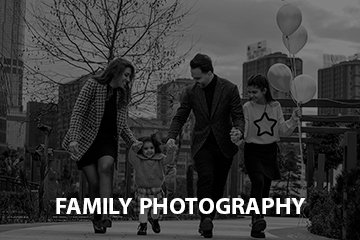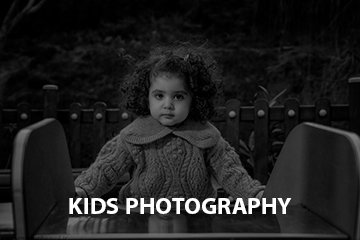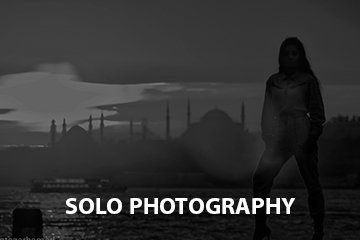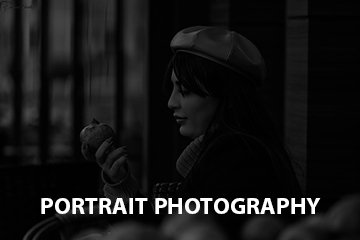Modeling photography in Istanbul by Entezar Studio
price of modeling photography in Istanbul
Istanbul modeling photography
price of mo...
Modeling PHOTO
Modeling Photography Packages
Bronze
Detail:
-
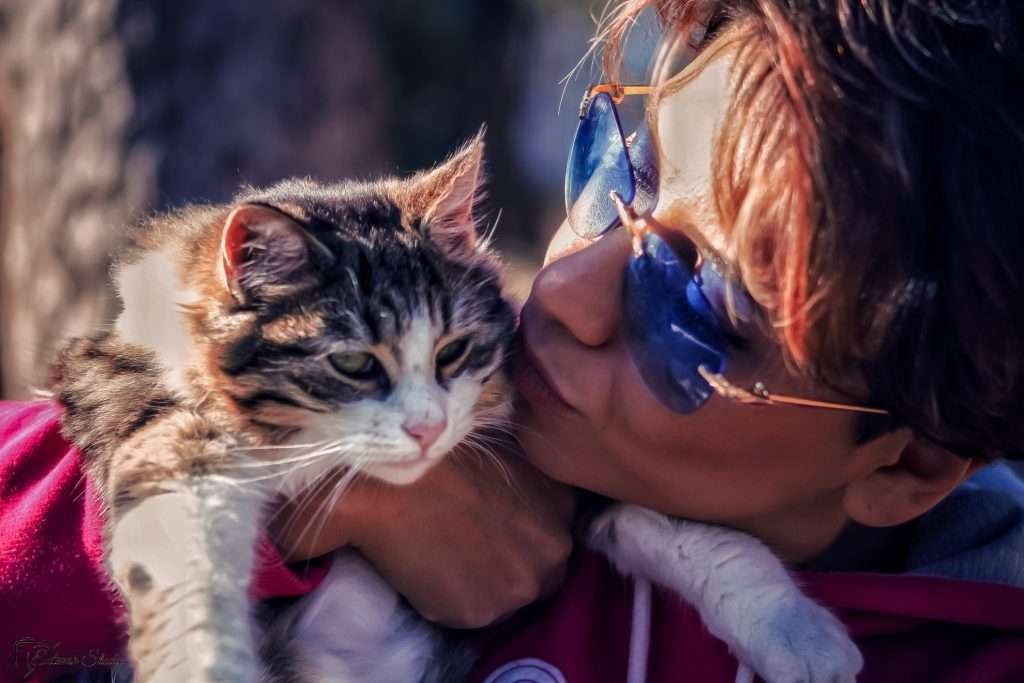
-

Modeling photography in Istanbul by Entezar Studio
price of modeling photography in Istanbul
Istanbul modeling photography
price of mo... -
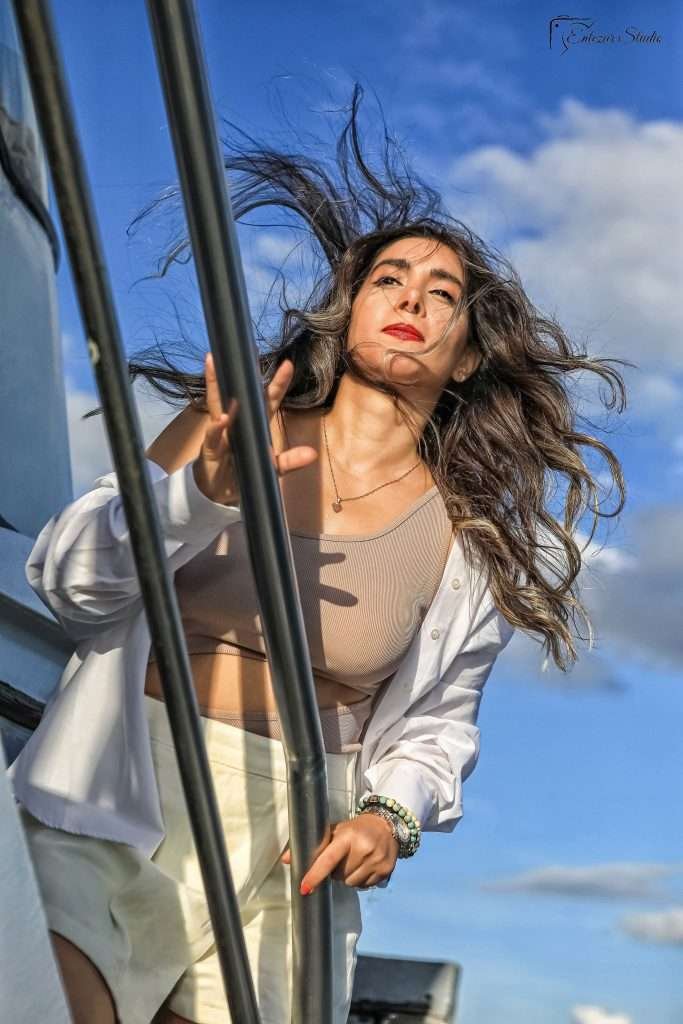
modeling photography in Istanbul by Entezar Studio
عکاسی مدلینگ در استانبول توسط استودیو انتظار
قیمت عکاسی مدلینگ در استانبول
لیست قیم... -
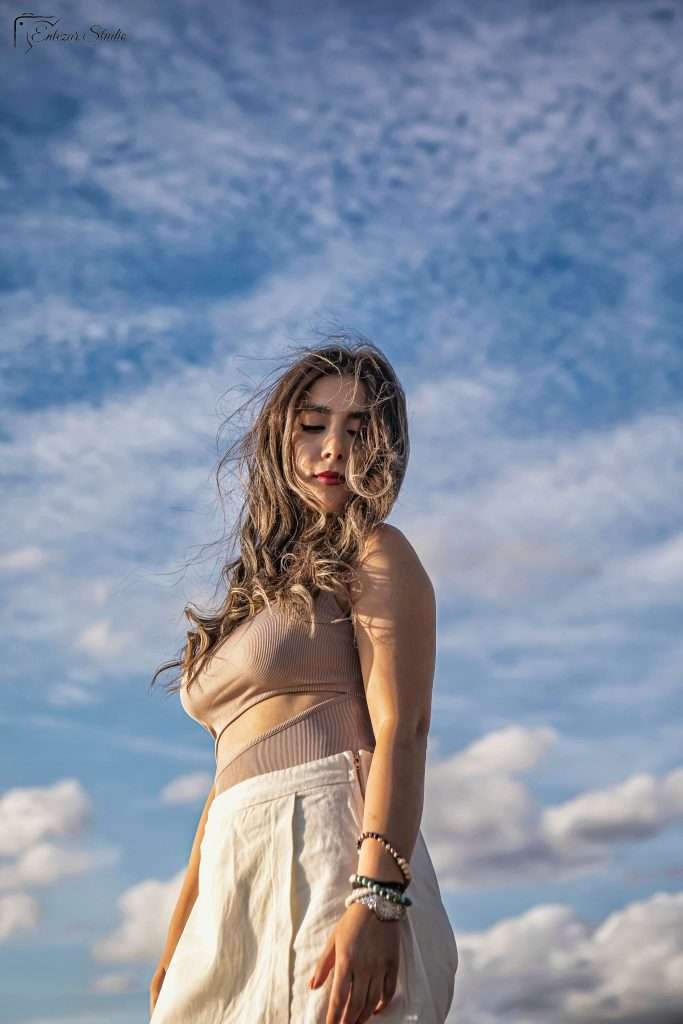
Modeling photography in Istanbul by Entezar Studio
price of modeling photography in Istanbul
Istanbul modeling photography
price of mo... -

Modeling photography in Istanbul by Entezar Studio
-
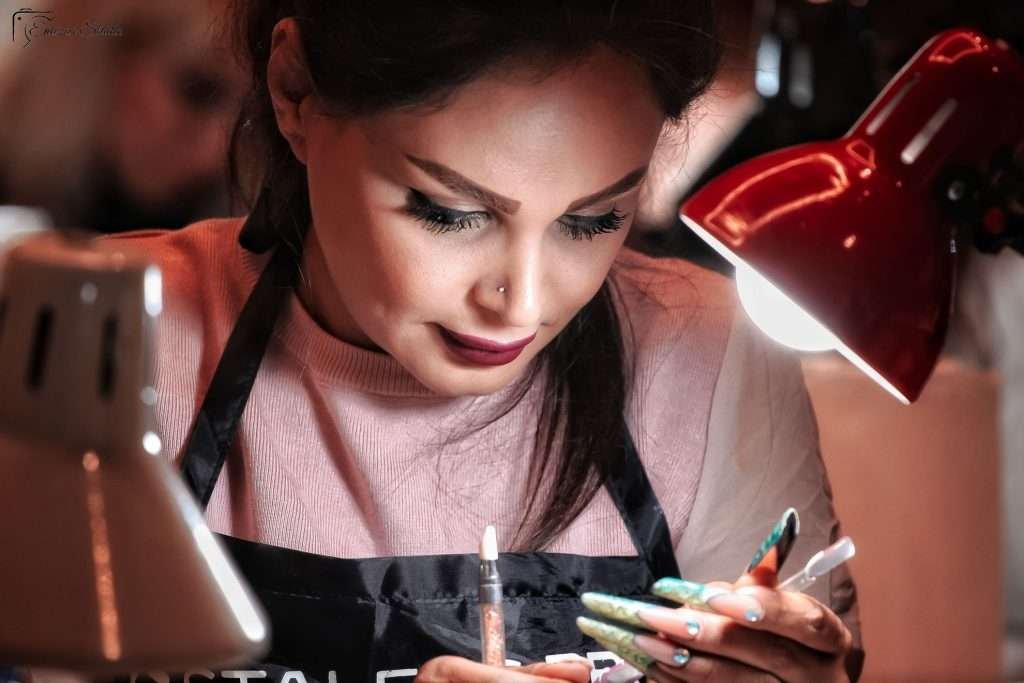
Modeling photography in Istanbul by Entezar Studio
-
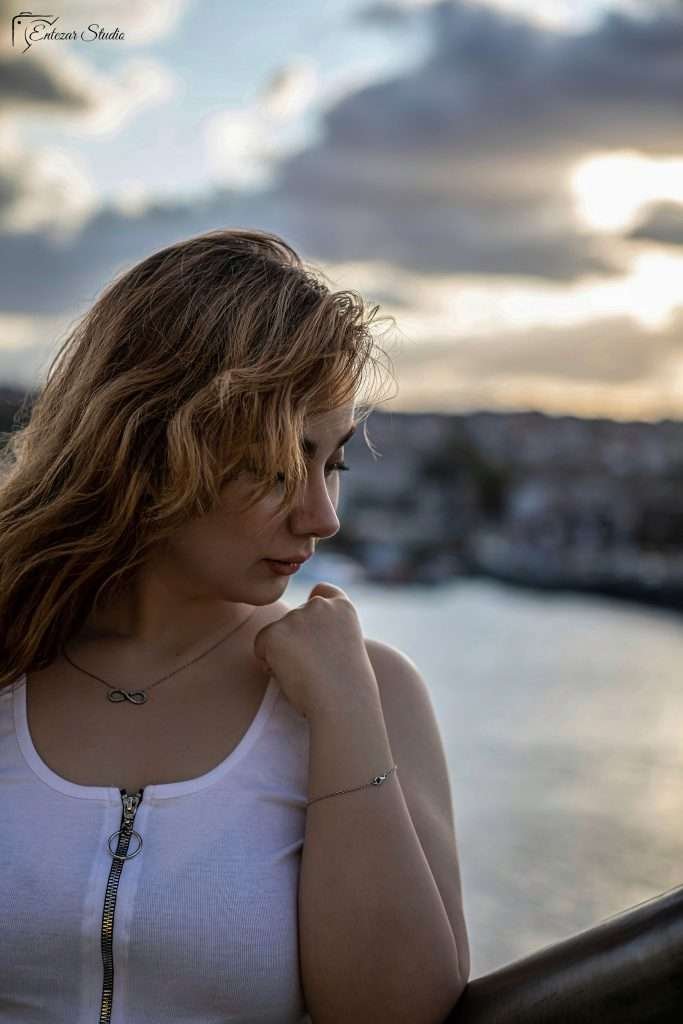
Modeling photography in Istanbul by Entezar Studio
price of modeling photography in Istanbul
Istanbul modeling photography
price of mo... -
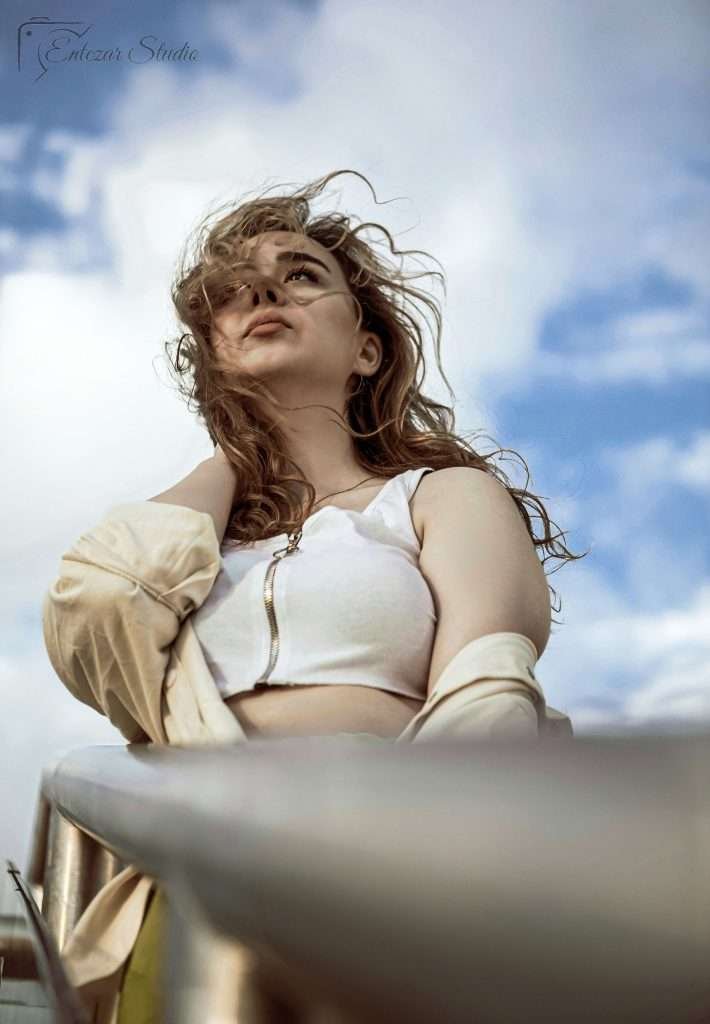
Modeling photography in Istanbul by Entezar Studio
price of modeling photography in Istanbul
Istanbul modeling photography
price of mo... -
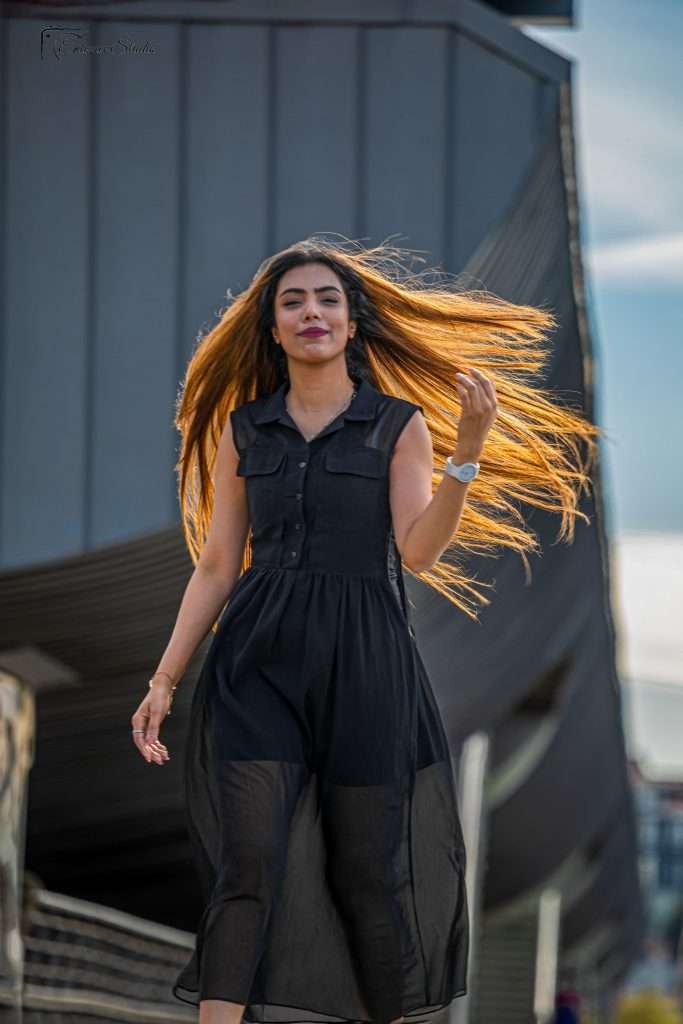
Modeling photography in Istanbul by Entezar Studio
-

Modeling photography in Istanbul by Entezar Studio
-

Modeling photography in Istanbul by Entezar Studio
price of modeling photography in Istanbul
Istanbul modeling photography
The price o... -
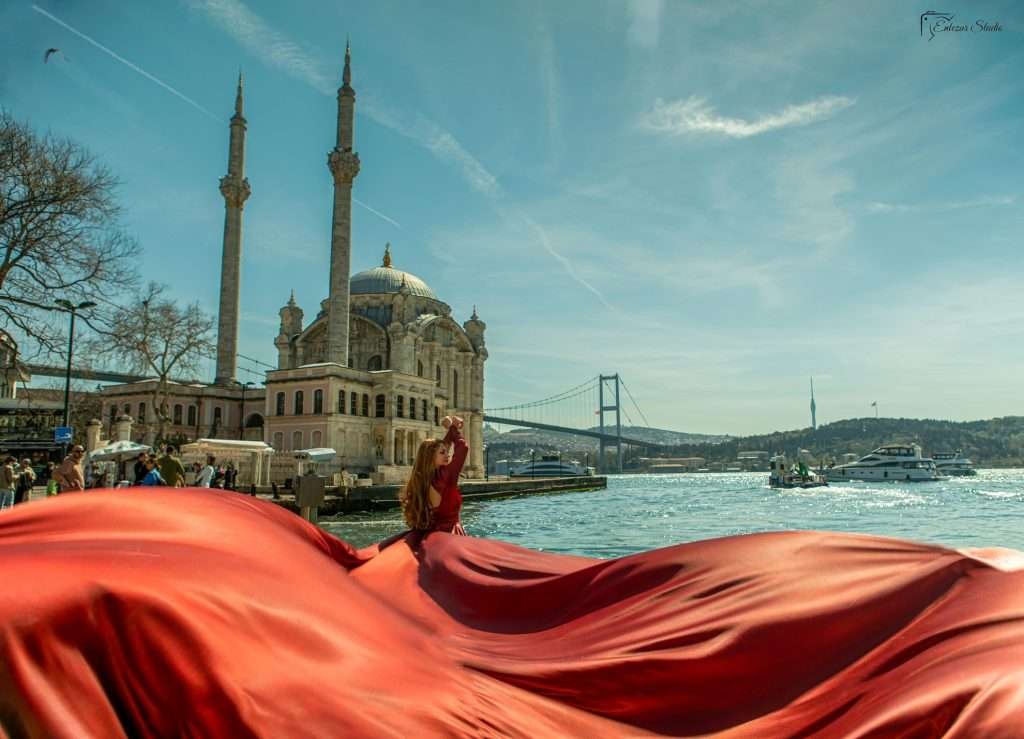
Modeling photography in Istanbul by Entezar Studio
price of modeling photography in Istanbul
Istanbul modeling photography
price of mo... -
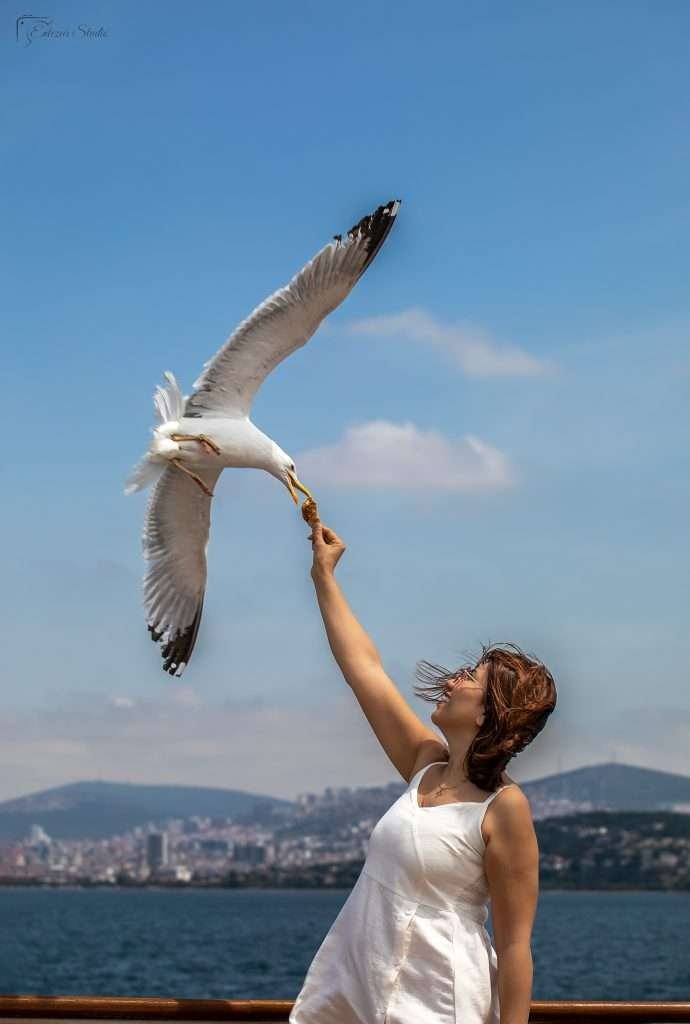
Modeling photography in Istanbul by Entezar Studio
-
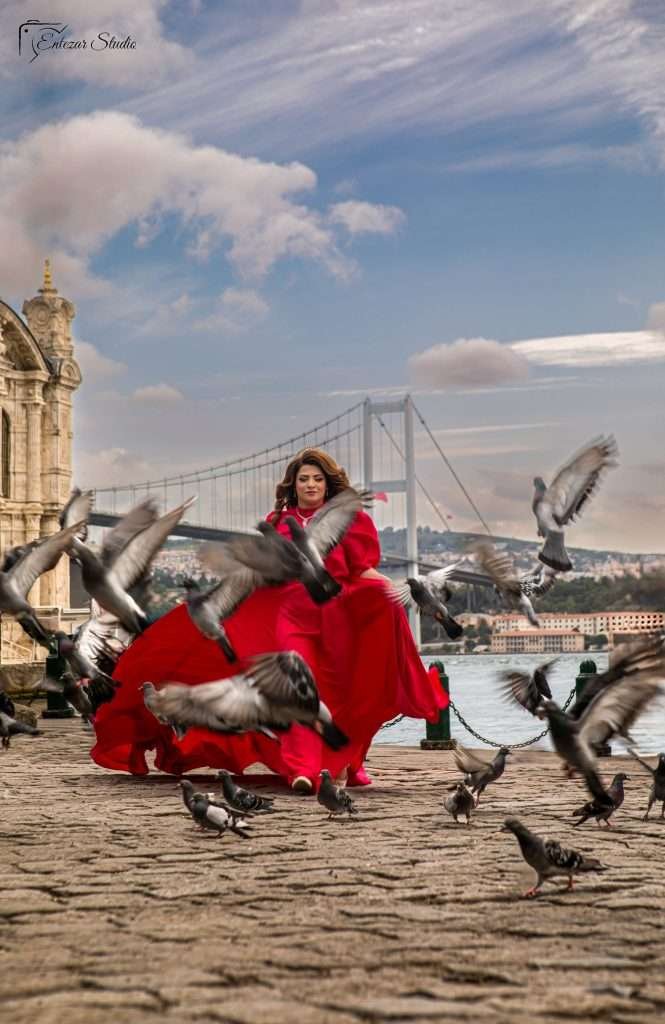
Modeling photography in Istanbul by Entezar Studio
price of modeling photography in Istanbul
Istanbul modeling photography
price of mo... -
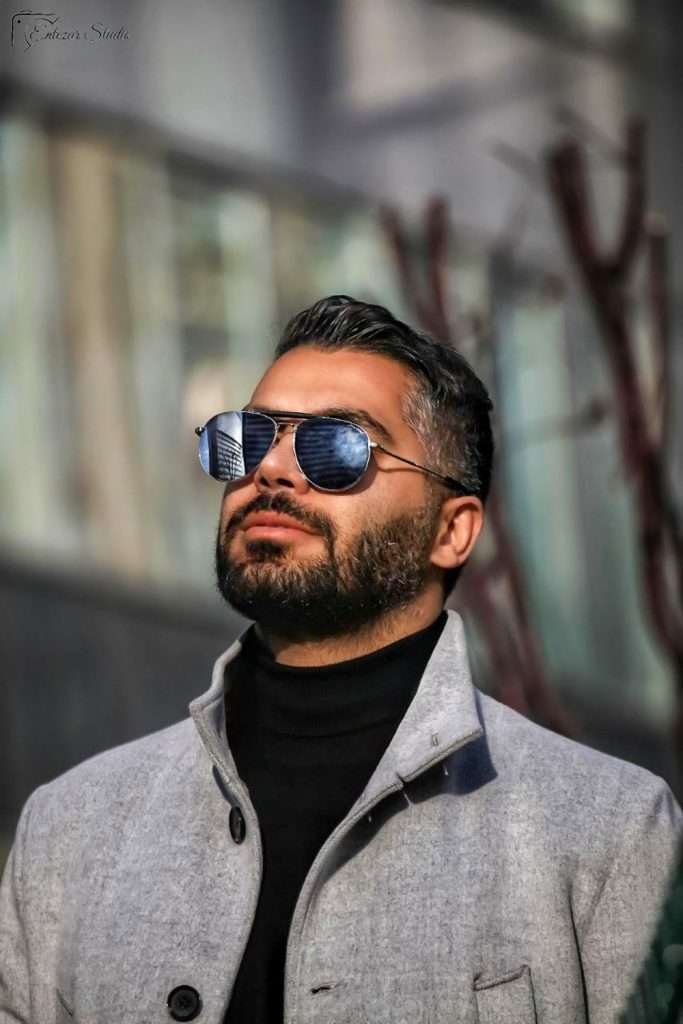
Modeling photography in Istanbul by Entezar Studio
-

Modeling photography in Istanbul by Entezar Studio
price of modeling photography in Istanbul
Istanbul modeling photography
price of mo... -
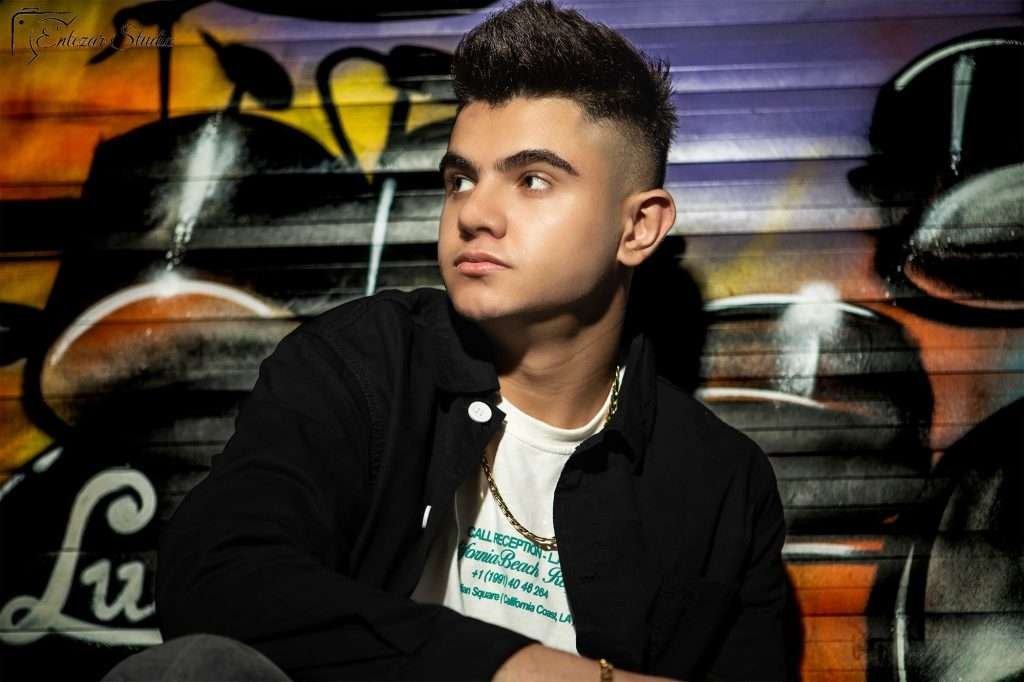
Modeling photography in Istanbul by Entezar Studio
-

Modeling photography in Istanbul by Entezar Studio
-

Modeling photography in Istanbul by Entezar Studio
price of modeling photography in Istanbul
Istanbul modeling photography
price of mo... -
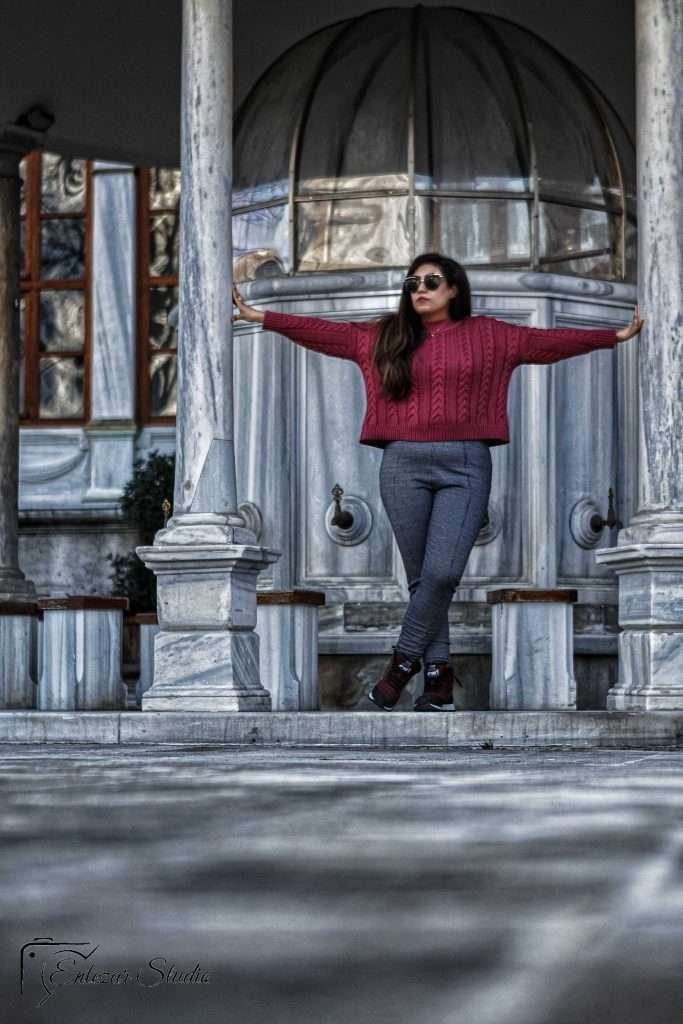
Modeling photography in Istanbul by Entezar Studio
-
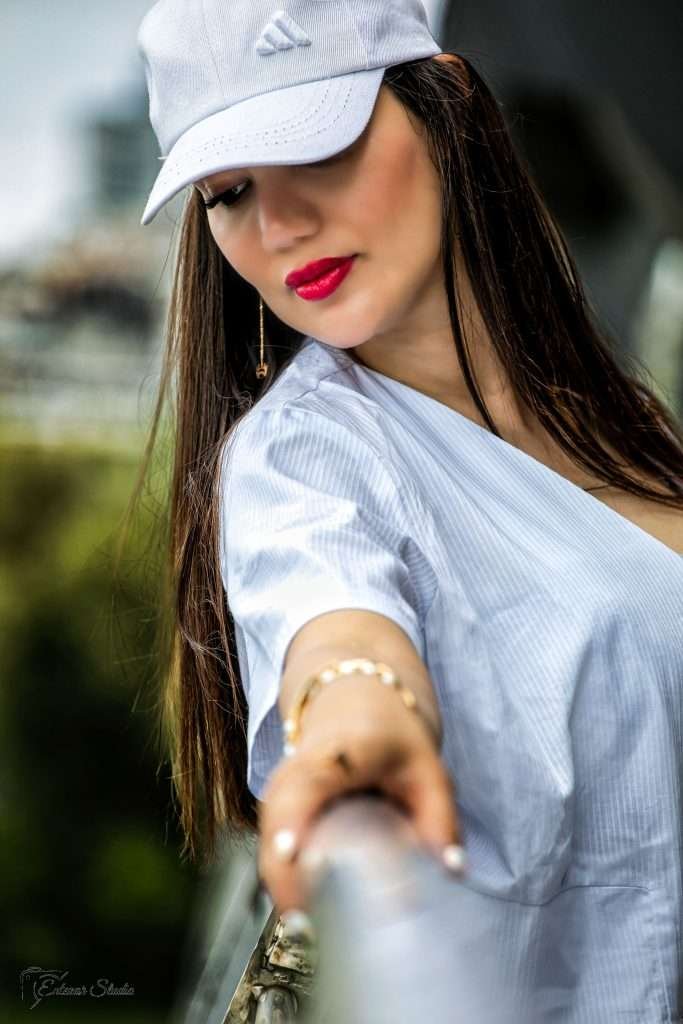
Modeling photography in Istanbul by Entezar Studio
price of modeling photography in Istanbul
Istanbul modeling photography
price of mo... -
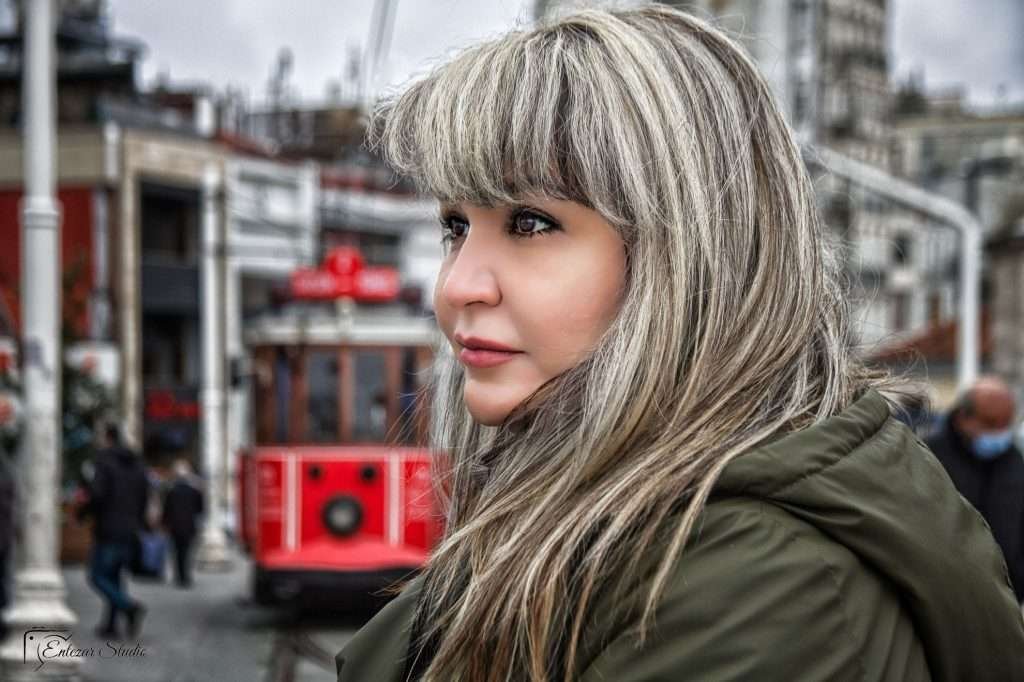
Modeling photography in Istanbul by Entezar Studio
-

Modeling photography in Istanbul by Entezar Studio
price of modeling photography in Istanbul
Istanbul modeling photography
price of mo... -
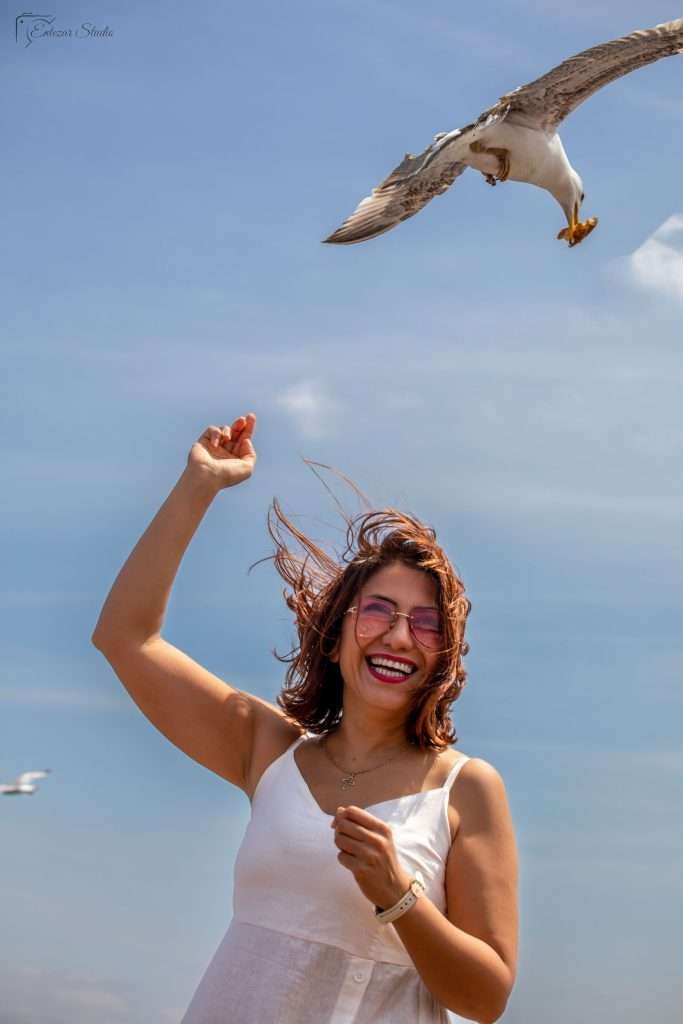
Modeling photography in Istanbul by Entezar Studio
price of modeling photography in Istanbul
Istanbul modeling photography
price of mo... -

Modeling photography in Istanbul by Entezar Studio
price of modeling photography in Istanbul
Istanbul modeling photography
price of mo... -
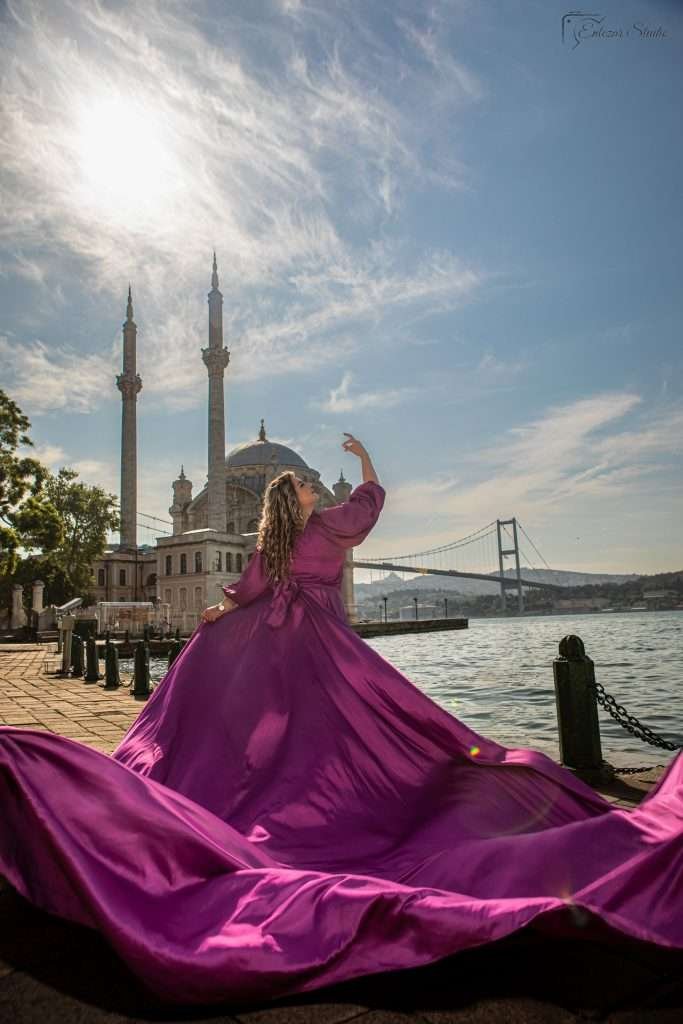
Professional Modeling photography in Istanbul by Entezar studio
-
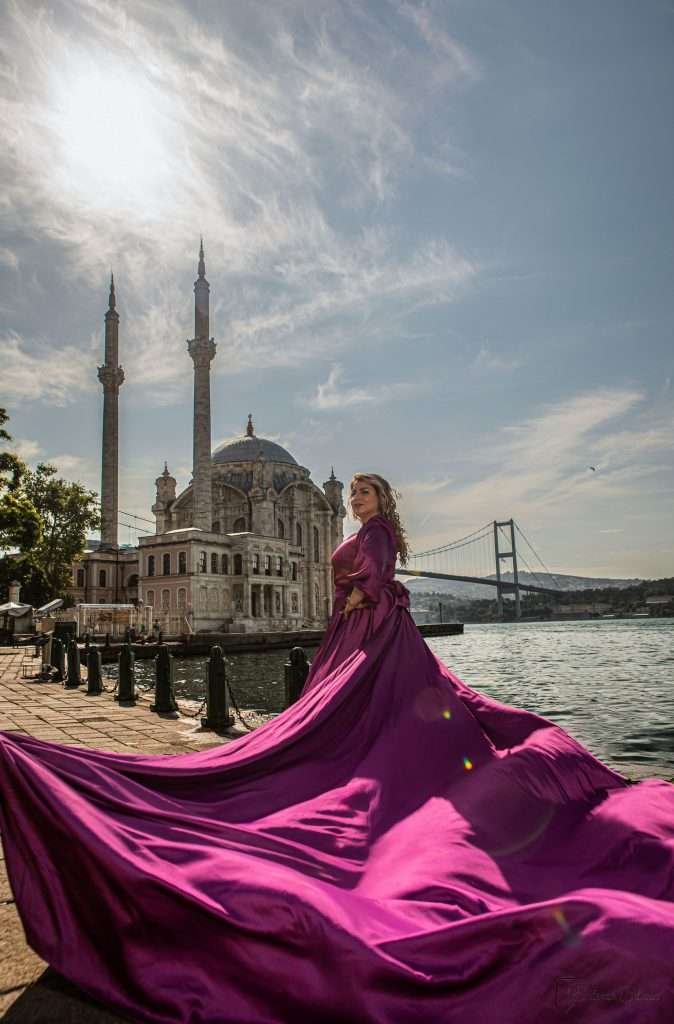
Modeling photography in Istanbul by Entezar Studio
price of modeling photography in Istanbul
Istanbul modeling photography
price of mo... -
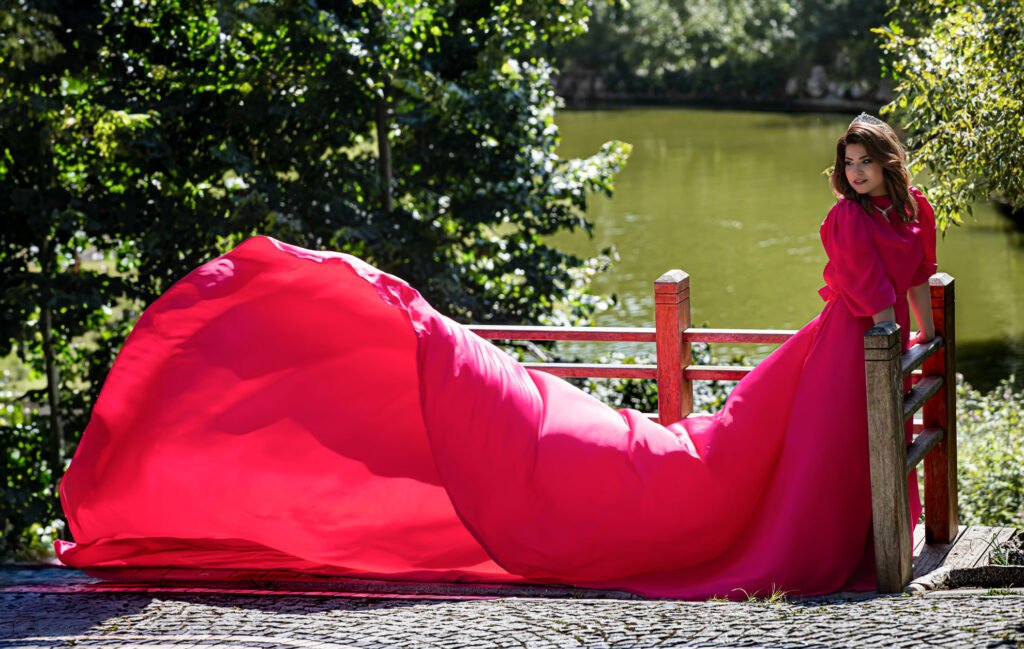
Modeling photography in Istanbul by Entezar Studio
price of modeling photography in Istanbul
Istanbul modeling photography
price of mo... -
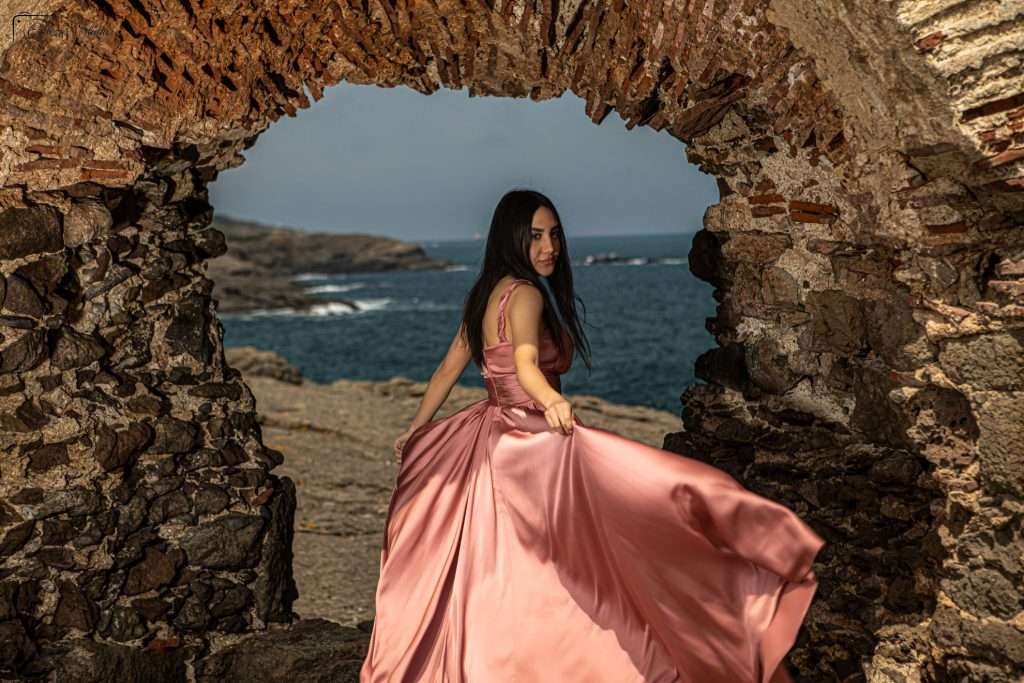
Modeling photography in Istanbul by Entezar Studio
price of modeling photography in Istanbul
Istanbul modeling photography
price of mo... -
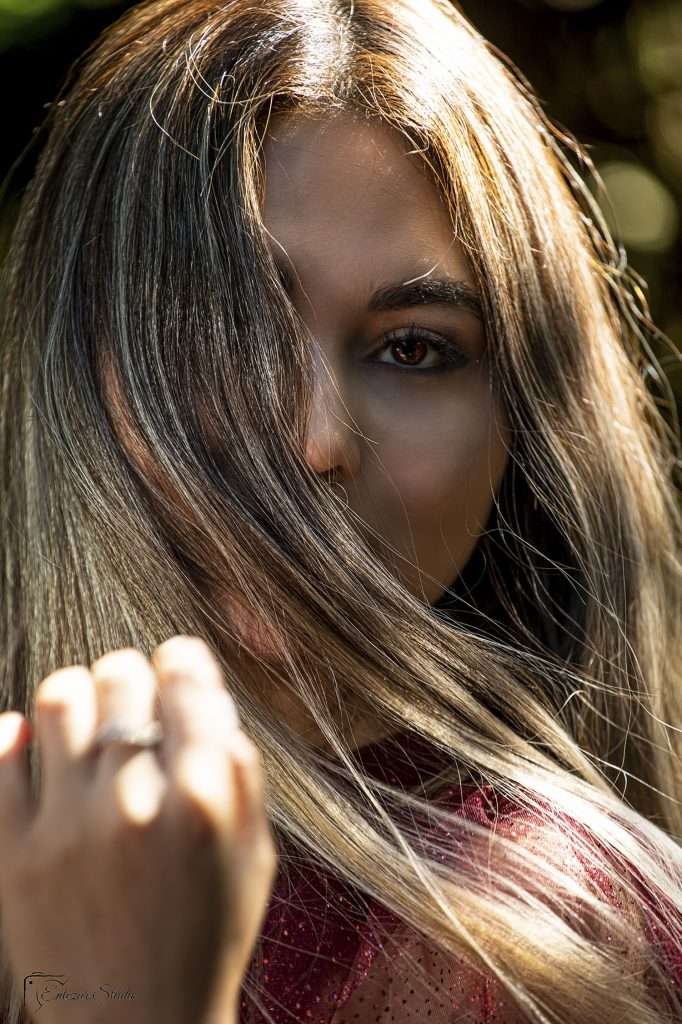
Modeling photography in Istanbul by Entezar Studio
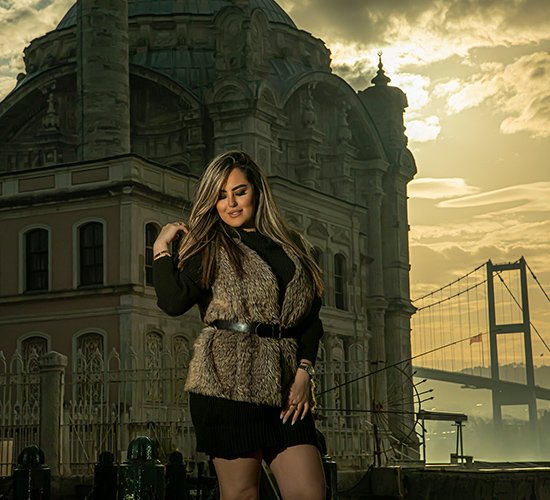
Modeling photography in Istanbul
The necessary equipment is provided by commercial companies that use this method of photography to promote and introduce their products and is made available to the model and photography team.
Modeling and fashion photography is one of the most challenging and specialized types of photography, which requires the use of professional makeup, lighting equipment, and professional editing.
The environment and location of modeling photography are also very diverse and depend on the conditions and type of product being advertised, including closed environments, indoor spaces, studios, as well as beaches, forests, roads, and streets, etc.
Modeling photography also requires attention to numerous details to take the best and most suitable photos with ideal lighting conditions, both in studio and outdoor settings. The use of sufficient and appropriate lighting equipment is essential.
Photo Editing
Before / After
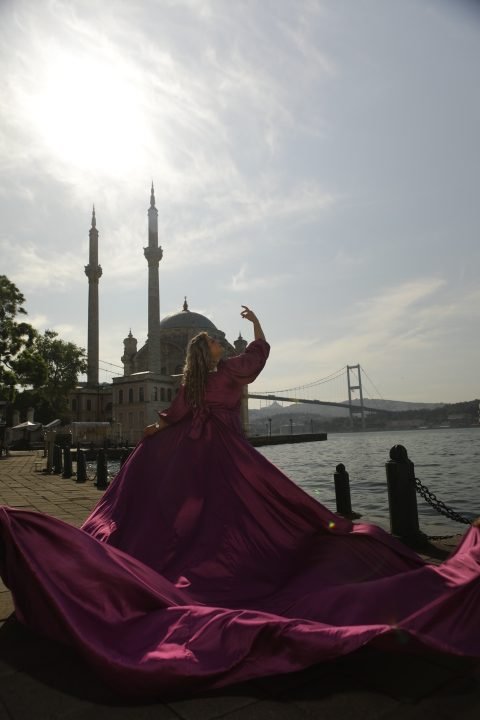
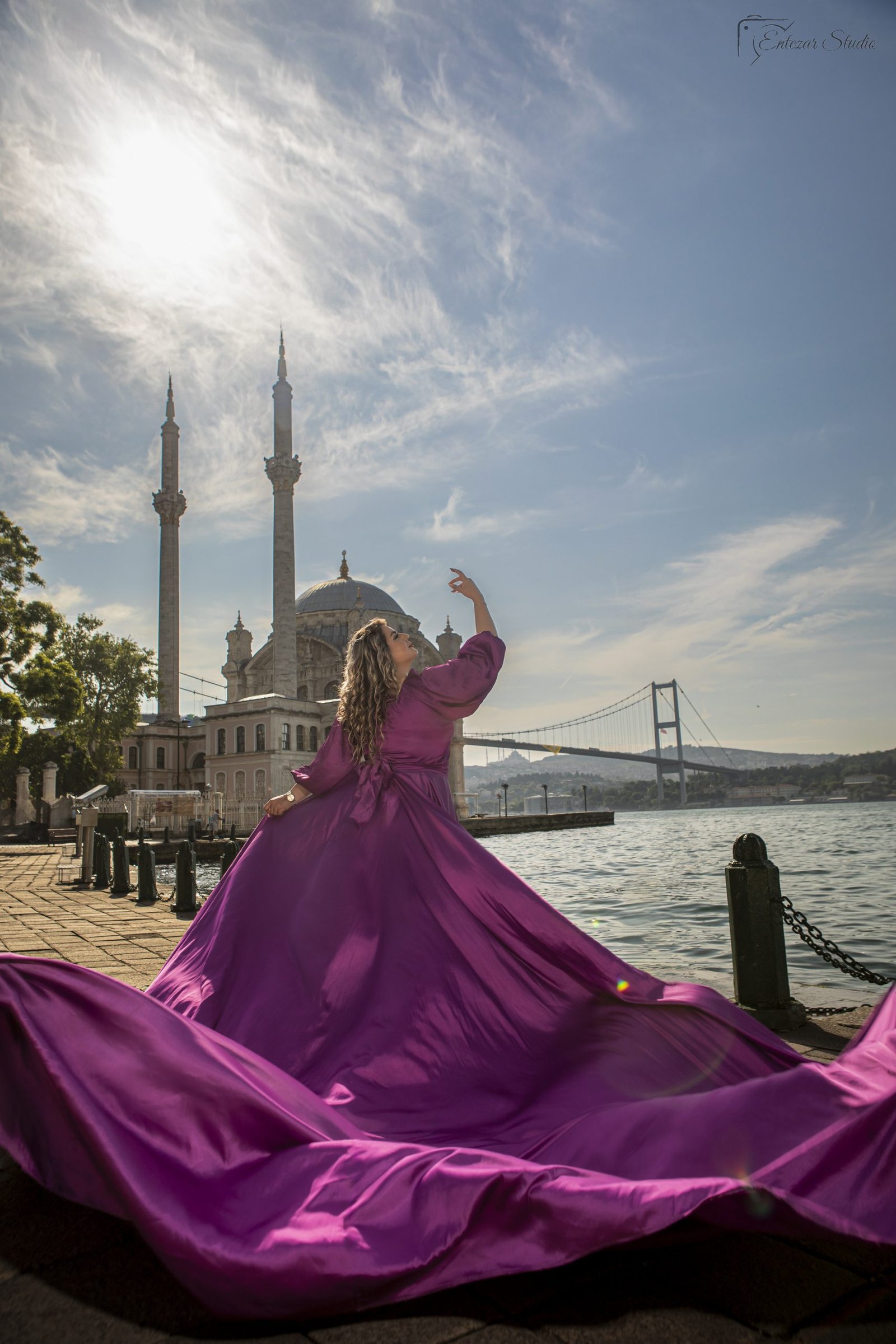
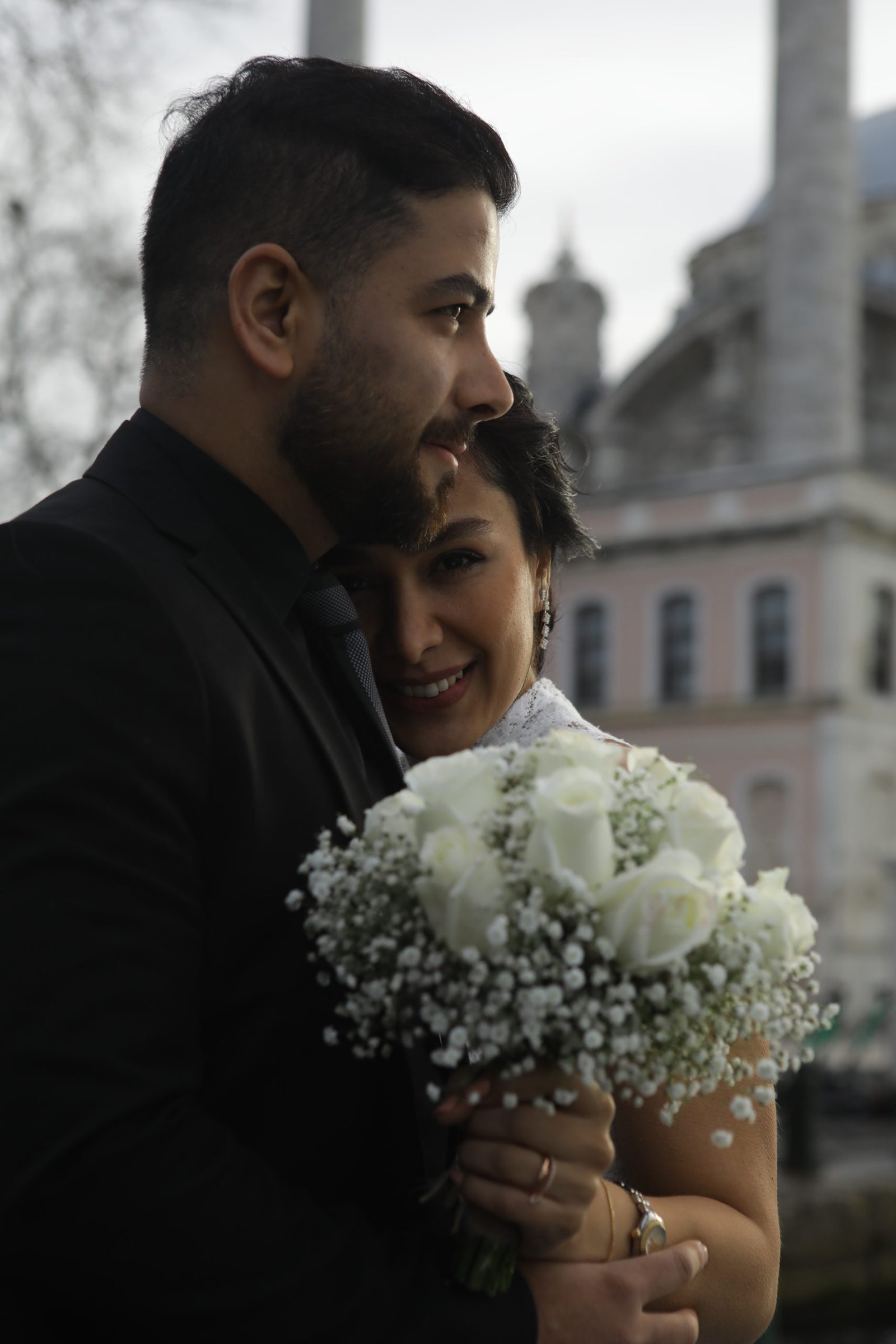



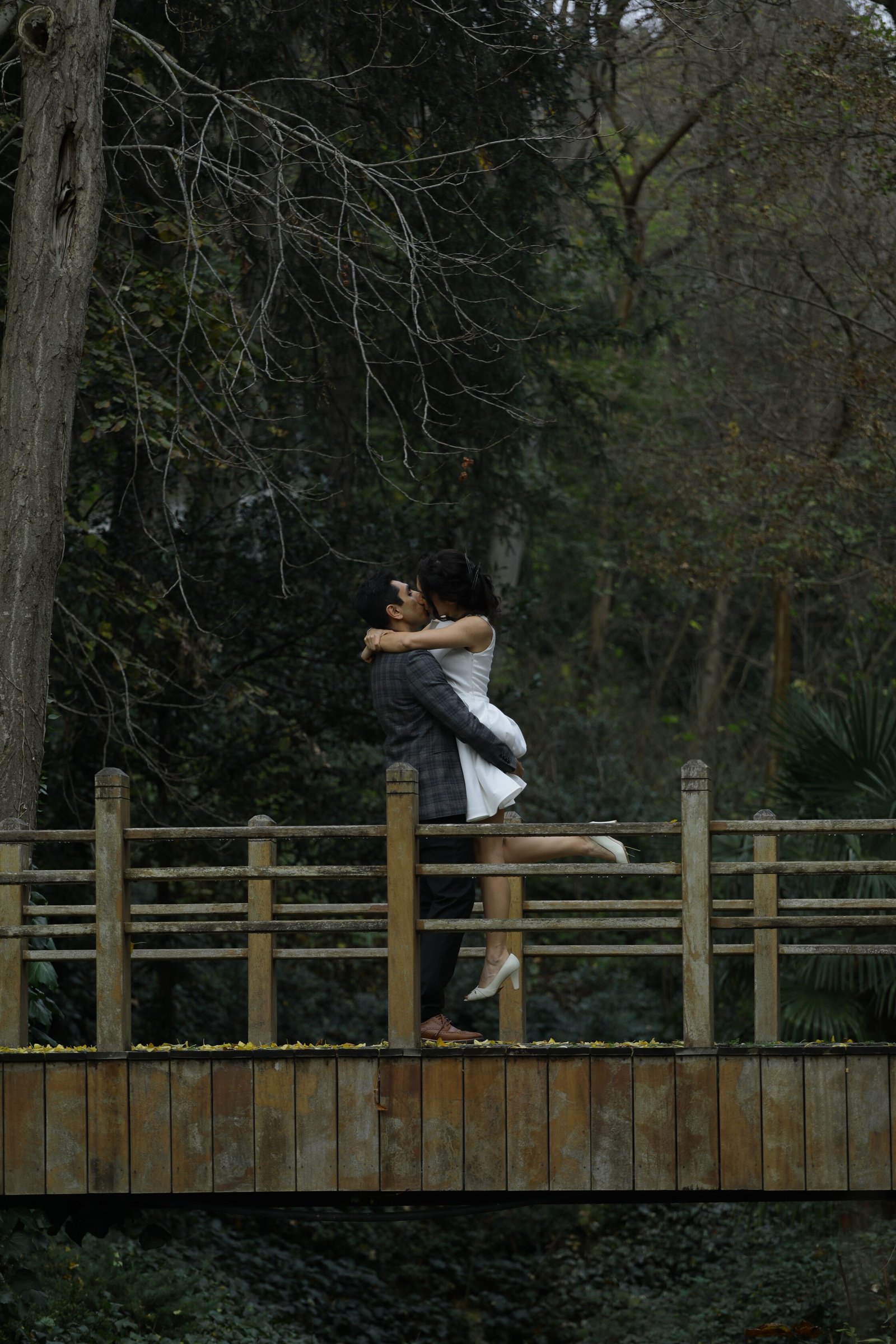
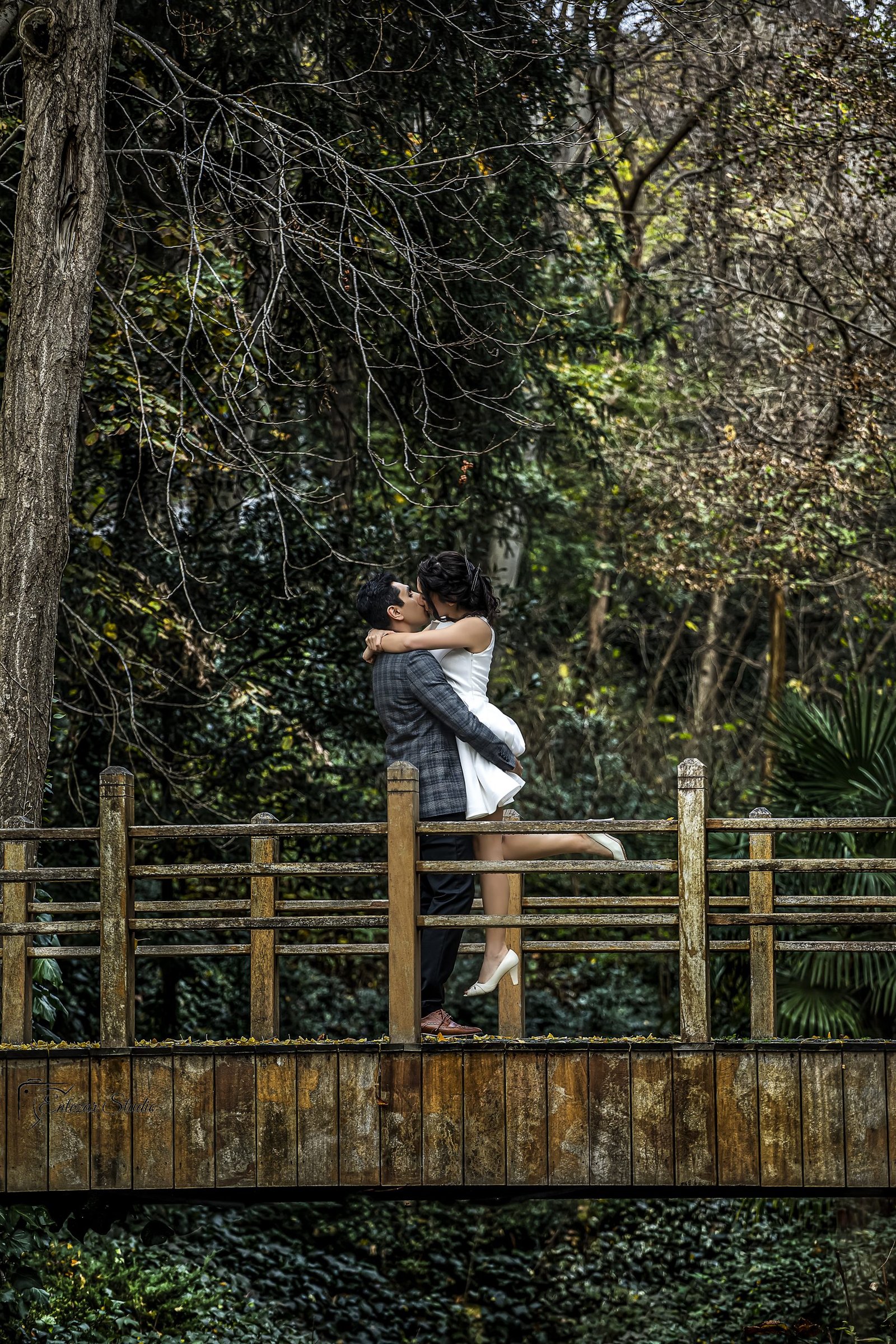

What is modeling photography ?
Modeling photography is a captivating genre that blends the art of photography with the intricacies of human expression, fashion, and storytelling. It plays a crucial role in various industries, including fashion, advertising, and editorial work. This guide aims to explore the multifaceted world of modeling photography, providing insights into its techniques, styles, and the collaboration between photographers and models.
Understanding Modeling Photography
Modeling photography primarily focuses on capturing the essence of a model, showcasing their personality, style, and the clothing they wear. Unlike other photography genres, the emphasis is not solely on the technical aspects of the camera but on the interaction between the model and the photographer. Successful modeling photography tells a story and evokes emotions, making it a powerful tool in marketing and branding.
The Purpose of Modeling Photography
The main objectives of modeling photography include:
Promotional Material: Photographs are often used in advertisements, lookbooks, and online portfolios to promote models and brands.
Artistic Expression: Many photographers use modeling as a medium to express their artistic vision, experimenting with lighting, composition, and themes.
Portfolio Development: For models, having a diverse portfolio is essential for showcasing their versatility and attracting potential clients.
Key Concepts in Modeling Photography
1. Understanding Light
Light is the foundation of photography. In modeling photography, both natural and artificial light can be utilized to create different moods and effects.
Natural Light: Soft, diffused light during the golden hour (the hour after sunrise and before sunset) can create stunning images. Photographers often seek out locations that allow for beautiful natural lighting.
Artificial Light: Studio lighting offers photographers complete control over the environment. Softboxes, ring lights, and strobes can be manipulated to achieve desired effects, whether it’s a high-fashion look or a more casual vibe.
2. Composition Techniques
Composition is vital in directing the viewer’s attention and enhancing the overall aesthetic of the photograph. Key techniques include:
Rule of Thirds: This involves dividing the frame into a grid of nine equal parts and placing the model along these lines or at their intersections for a balanced composition.
Leading Lines: Using lines in the environment (like roads, pathways, or architectural features) can guide the viewer’s eye toward the model.
Framing: Elements in the background can frame the model, adding depth and context to the image.
3. Posing and Expression
The model’s pose and expression can significantly impact the photograph’s success.
Posing: Photographers often work with models to find poses that highlight their best features and align with the shoot’s theme. Natural, relaxed poses often yield the best results.
Expression: Capturing genuine emotion is key. Encouraging models to think of a story or a feeling can lead to more authentic expressions.
4. Styling and Wardrobe
The choice of wardrobe and styling plays a critical role in modeling photography. Collaborating with a stylist can enhance the visual appeal of the shoot. Considerations include:
Color Palettes: Choosing colors that complement the model’s skin tone and the shoot’s theme can create a striking visual impact.
Textures and Fabrics: Different materials can evoke various moods. For instance, flowing fabrics may suggest movement and freedom, while structured pieces can convey strength and sophistication.
Collaborating with Models
The relationship between photographers and models is crucial in achieving stunning results. Clear communication, mutual respect, and a collaborative spirit can enhance the creative process.
Building Rapport
Establishing a comfortable atmosphere is essential. Photographers should take time to get to know their models, discussing concepts and encouraging open dialogue throughout the shoot. This rapport can lead to more natural poses and expressions.
Direction and Feedback
Providing constructive feedback is critical. Photographers should guide models on posing and expressions while also being receptive to the model’s input. This collaboration often results in a more dynamic and engaging shoot.
Different Styles of Modeling Photography
1. Fashion Photography
Fashion photography focuses on clothing and accessories, often featuring models in high-fashion contexts. This style emphasizes trends, aesthetics, and the artistry of garment design.
2. Editorial Photography
Editorial modeling photography tells a story or conveys a message through a series of images. It is commonly used in magazines and publications, often pushing creative boundaries.
3. Commercial Photography
Commercial modeling photography is aimed at promoting products or services. It is straightforward and often focuses on the model interacting with the product, making it relevant for advertising campaigns.
4. Beauty Photography
This style highlights cosmetics and skincare products, focusing on the model’s face. Lighting and close-up shots are crucial in beauty photography to showcase details and textures.
5. Lifestyle Photography
Lifestyle modeling photography captures models in relatable, everyday situations, often conveying a narrative. This style is popular for social media, blogs, and marketing campaigns that aim
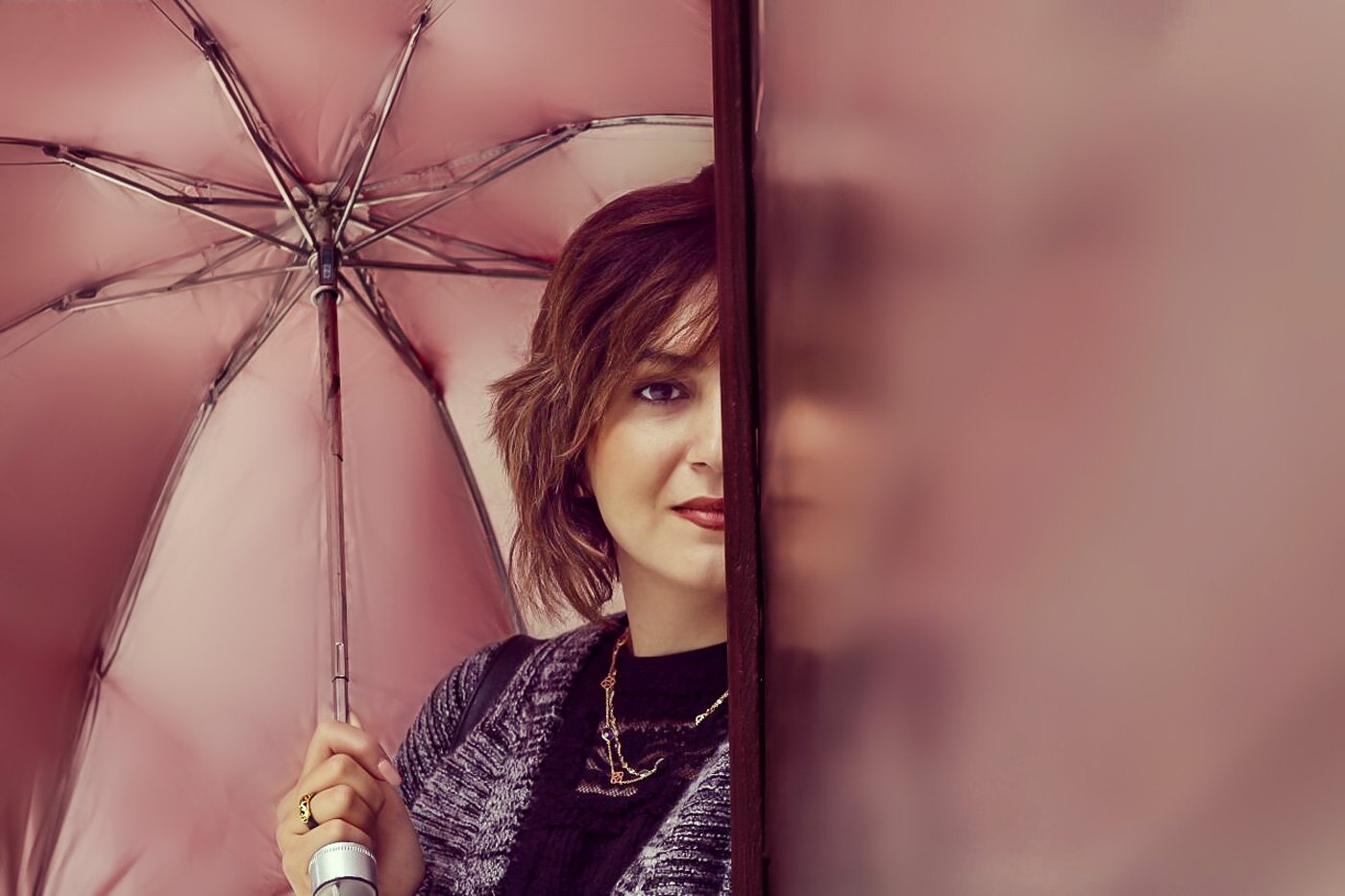
Modeling and its relationship with modeling photography
Modeling is known as one of the most attractive and popular professions in the world of fashion and beauty. This profession does not only mean standing in front of the camera and presenting an image, but also includes a set of skills, techniques, and close collaboration with professional photographers. In this article, we will examine the modeling profession and its relationship with modeling photography.
Definition of modeling
Modeling means depicting products, clothes, and various concepts through models. By participating in fashion shows, advertising photo shoots, and creative projects, models help brands and designers convey their messages to audiences.
Skills needed for modeling
Models must have certain characteristics, including:
– Confidence: The ability to stand in front of the camera and attract the attention of the audience.
– Flexibility: The ability to change posture and positioning to meet the different needs of photography.
– Aesthetic understanding: A good understanding of colors, patterns, and modern designs.
– Communication: The ability to communicate effectively with the photographer and production team.
The relationship between modeling and modeling photography
Modeling photography is a specialized branch of photography that focuses on models and showcasing their features alongside products. This type of photography captures beauty, emotions, and stories that can provide an immersive experience for the viewer.
– Close collaboration: Models and photographers usually work as a team. The photographer must be able to photograph the model in the best possible way, and the model must be able to present her best self.
– Creative process: Modeling photography involves a creative process in which the model and photographer brainstorm ideas together and create beautiful and engaging images.
– Specific techniques: Modeling photography requires the use of specific techniques to clearly identify the model’s features and product details. These techniques can include lighting, composition, and digital editing.
Conclusion
The professions of modeling and modeling photography are deeply and closely related to each other. Success in both fields requires collaboration, creativity, and specific skills. For this reason, in today’s fashion world, these two professions have become interdependent and always need each other to achieve better results.
To see our portfolio, visit the Instagram page of Entezar Studio:
https://www.instagram.com/entezarstudio/profilecard/?igsh=bWh3OGYxNWFhYXB3



